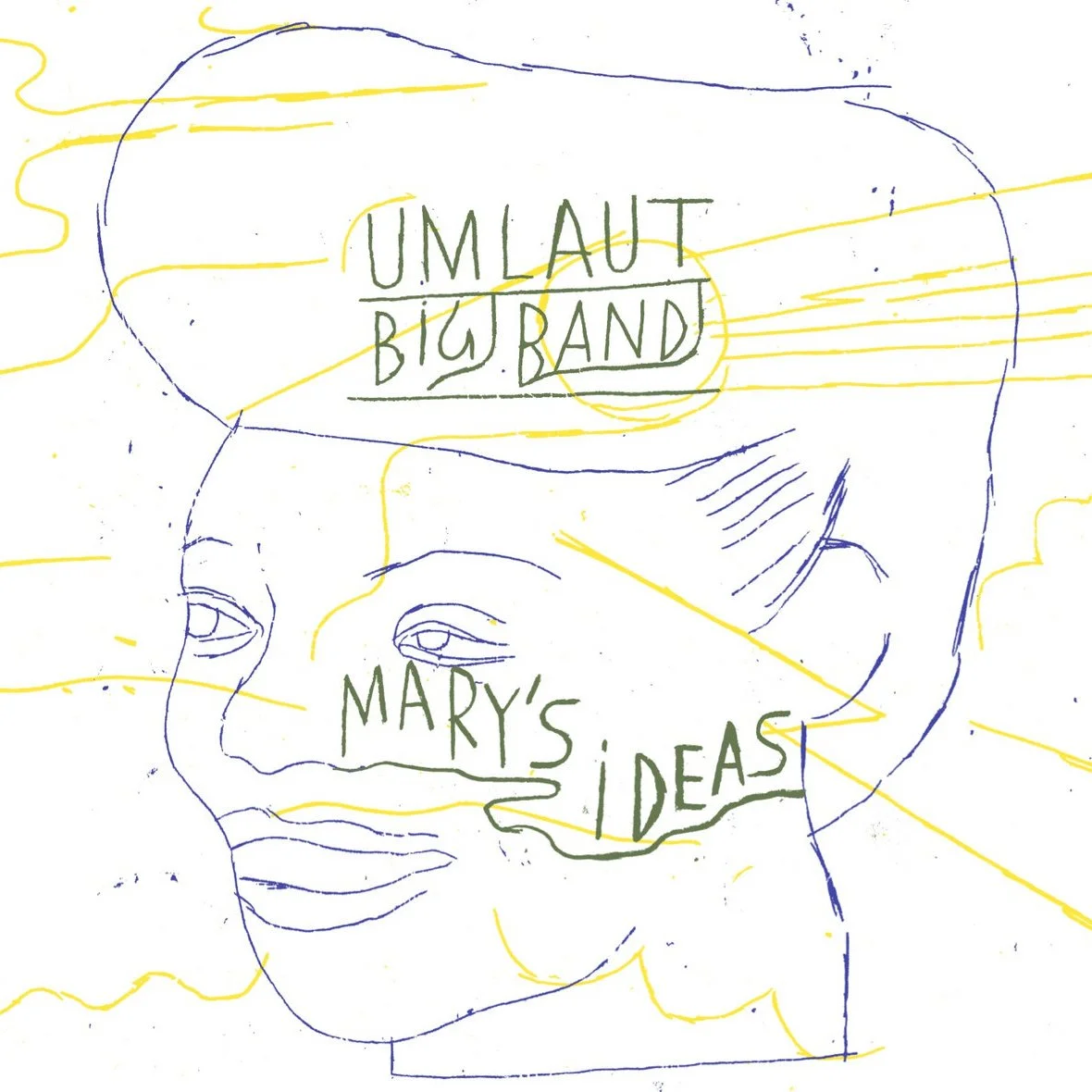MARY LOU WILLIAMS UPDATES
Latest News
New York Post: Celebrating International Jazz Day 2022
The Kennedy Center: Mary Lou Williams Jazz Festival, May 6-7, 2022
Deanna Witkowski: The Jazz author’s new book: Mary Lou Williams, Music for the Soul
MARY’S IDEAS: Umlaut Big Band Plays Mary Lou Williams
Just freshly released, Mary’s Ideas is a double-CD featuring the Paris-based Umlaut Big Band performing rare and newly discovered works by Mary Lou Williams.
After years of research on Mary Lou Williams manuscripts, Pierre-Antoine Badaroux, artistic director of the Umlaut Big Band, has assembled a vast program of 42 pieces: from the 1930 version of “Mary's Idea,” excerpts of the Zodiac Suite in their original orchestration for chamber orchestra, unheard big band arrangements for Duke Ellington, small group pieces written for Benny Goodman and others, to a reconstitution of her unfinished last composition “History of Jazz for Wind Symphony.”
In a subtle equilibrium between historical rigor and inventive reconstitution, Badaroux put together untitled instrumental parts, completed incomplete scores, confronted sources to correct mistakes, dated undated compositions and arrangements, and from sketches reconstructed never-heard-before pieces.
Covering more than 50 years of music, this album truly brings a new perspective on Mary Lou's work. Her music was ambitious and rarely had a chance to be rehearsed enough and performed according to her vision. For the first time here, it can be heard in a vivid interpretation from one of Europe’s most active big band, made up of 14 brilliant musicians from the “Nouvelle Vague” of French jazz.
LEARN MORE (PDF) >
Wynton Marsalis on 12 Essential Jazz Recordings
Mary Lou Williams with Andy Kirk and His Twelve Clouds of Joy, “Walkin’ and Swingin'” (1936)
Manifestation of genius and unparalleled set of unique achievements (playing, composing, arranging, mentoring)
[Marsalis cited examples of each of the above, but he says this piece shows off Williams’ composing and arranging.]
“Walkin’ and Swingin'” — she writes unbelievable soli with trumpet leading the reed section. Unusual voicing, unusual pairing. One trumpet with reeds [sings]. It’s so lyrical and beautiful that the bridge becomes the basis of one of Monk’s songs: “Rhythm-A-Ning.” [Sings] That part is so hard to play. Man, every time I have to play it, I look at it like, “Shit.”
It’s unbelievably difficult to play. We laugh in our trumpet section. We go back and forth on who’s gonna play it [laughs]. ‘Cause when you play it, you can’t help but look at it because it has the beginnings of bebop, it’s in the Swing Era — you could go on and on about it.
The diversity in that arrangement, the call and response. She was very forward-thinking at all times. She was a mentor to the bebop players. Her house was like a salon. “In the Land of Oo-Bla-Dee” is an example of bebop music she wrote that Dizzy [Gillespie] recorded.
They would go to her house, Dizzy, Bird [Charlie Parker], all the heavyweights talked to Mary Lou. Monk, they loved her. She taught them about arranging, she had concepts, she was very philosophical. She’s unsung as a person who really influenced them and when you talk to them — I talked to Dizzy, any musicians from that time — they always say, “Man, Mary Lou, she taught us a lot.”












